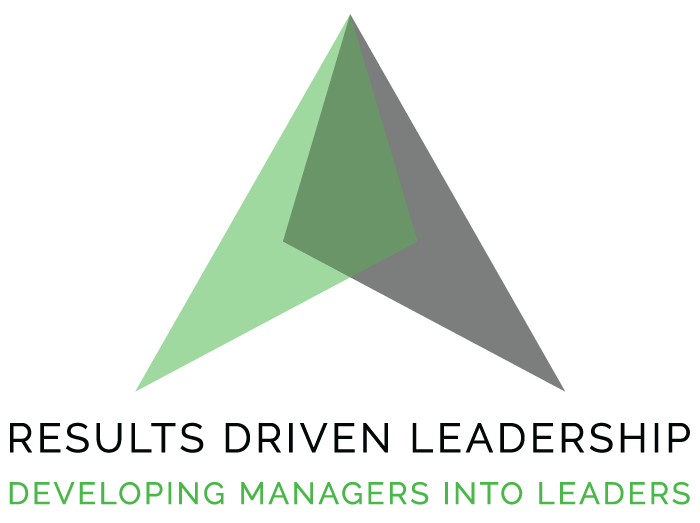TABLE OF CONTENTS
Ask anyone who’s ever been on the receiving end of a poorly executed, template-based cold outreach campaign:
Sales interactions are simply better when they are focused and personalized.
The closer you can come to understand what your prospects want to gain from a new product, service, or vendor, the stronger you can make the case in favor of your solution. But although you can do endless research and form educated guesses based on past sales conversations, you won’t know exactly what prospects need to hear from you unless you ask.
To do that, you’ve got to move past “yes or no” questions that shut down sales outreach prematurely in favor of an approach that’s based on the kinds of probing sales questions that keep the conversation going. Use the four tips below to form better probing questions and to use them correctly in your next sales call:
Step 1: Be Prepared
You might be able to come up with good probing sales questions on the fly, mid-pitch. But you’ll see even better results if you come to the conversation prepared.
Do your background research. Before a call with a prospect, search for them or their company on Google, look them up on LinkedIn, visit their social media profiles, or stop by their company’s website. Pay particular attention to any common connections you have or professional or personal lifestyle topics you can relate to.
- Cities
- Schools
- Companies
- Hobbies
- Associations
- Sports Teams
The information you gain can give you an “in” to the conversation and position you as the provider who understands and can relate to the prospect immediately.
Best Practice: Note any of this information in your CRM for future reference
Once you’ve identified one or more anchoring topics, use your list of probing sales questions you can ask. They should be open-ended. Never ask a question that can be answered with a “yes” or “no.” The goal of active listening is to get your prospect talking. If they are talking, you are learning, but only if you are LISTENING. Open-ended questions start with who, what, where, how, tell me more, etc.
Examples:
- What’s going on in your business these days?
- What problem are you trying to solve?
- How have things in your business changed given [insert an industry event]?
- Why isn’t this particular technology/service/product/situation/ issue working for you right now?
- Many of our clients report problems with A, B, and C. How are these areas affecting you? What do you think about them?
- (Assuming they set the meeting) Why did you ask me to talk with you today?
- What’s your sense of what needs to happen to improve that/ make progress here/change that?
Get creative. The more you tune into the factors affecting your prospect’s company, the more opportunities you’ll discover their pains and needs. If you don’t have a list, you need to create one.
Target questions that will be common to your prospects and industry. They should all be seeking a response for which your product or service solves a problem or improves a pain point. We will talk more about how to present your product or service later. The key here is to have a standard set of questions, practice knowing and using them. Then use them as a script with all of your prospects.
Step 2: Practice Active Listening
Listening is more than the passive act of receiving or hearing. It is the conscious processing of the information your prospect is sharing through hearing.
When it comes down to it, most of us are pretty bad listeners. We drift off when others speak to us, or we focus more on what we’re going to say next than what we hear at the moment. Often, we’re so busy thinking of how we’ll respond that we miss the shared information that guides us to the most appropriate response.
That’s why identifying and delivering probing questions is only half the battle. If you aren’t actively listening to your prospect’s responses, you waste all the background work you did in the first place.
A few active listening practices to work on include:
- Remaining mentally present when prospects are speaking to you
- Focusing on prospects’ body language, vocal variation, or other subtle communication cues, to the extent possible
- Repeating their responses back to them in a paraphrased form to confirm your understanding
- Asking further questions if there’s anything you need clarified
These practices may sound simple, but they’re often easier said than done. Put effort into practicing them because listening attentively will go a long way towards building your relationship and ensuring you have the information needed to pitch the appropriate product or service offerings.
Step 3: Understand Your Prospect’s End Goal
Most prospects aren’t going to spell out what their deepest pains are or what exactly achieving their goals would mean to their businesses on their own. It’s up to you to pull this information out of them using the probing questions that’ll help you refine your understanding of what prospects are trying to achieve with your solution.
In your discovery calls, dig deeper, follow up the question with something like, “How important is it for you to solve that problem?” or “What would you gain by solving that problem?”
A few other sample questions that may be helpful in this process include:
- What would happen to your company if you don’t solve that problem?”
- What have you tried already to solve that problem?
- What obstacles have you previously encountered when trying to solve that problem?
- Who in your company benefits most from solving that problem?
Once you know what prospects are trying to accomplish or what challenges they’re facing, tailor your presentation or proposal to only their overarching business needs by communicating how exactly your product or service will meet their specific needs.
Do not make the mistake of suggesting items that the prospect has not revealed? That misstep will lose the positive gains you’ve made by not being like every other “pitchy” salesperson they have encountered.
Step 4: Use Positive Words
Finally, this should go without saying, but remember that the way you ask probing questions is just as important as asking them in the first place.
Sales calls aren’t fun for most people. Remember, you’re interrupting your prospects’ day with an unexpected – or an unwanted prospecting call. Communicating your respect for their time through positive words and an enthusiastic delivery makes a positive impression on your prospect.
Try to think of your call as opening up a conversation with your prospect rather than simply asking questions and seeking answers. Focus on building a relationship – not just making a sale. Making your appreciation for your prospects’ time and the opportunity to connect clear will ensure this relationship starts off on the right foot.
Step 5: Be Human When Using Probing Sales Questions
Ultimately, the goal of using probing sales questions isn’t to fire one after another at your prospects until you’ve uncovered all the information you need. It’s about creating a dialogue that helps you better personalize your pitch and establishes the foundation of a strong relationship.
Keep your list of discovery and probing sales questions in your back pocket or desk. Back them up with a positive tone and active listening. With time and practice, you’ll discover a balance to using them that allows you to build rapport while still moving the sale forward.






